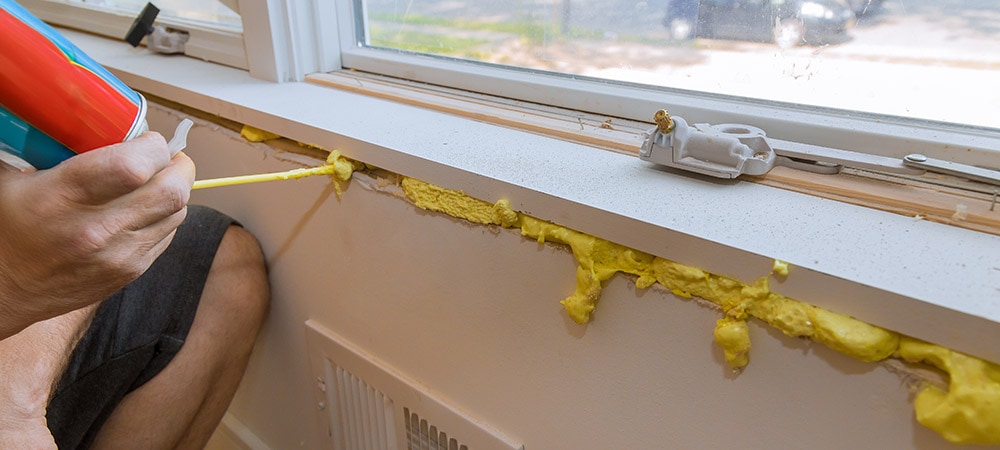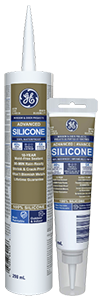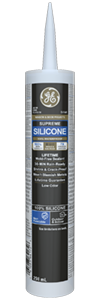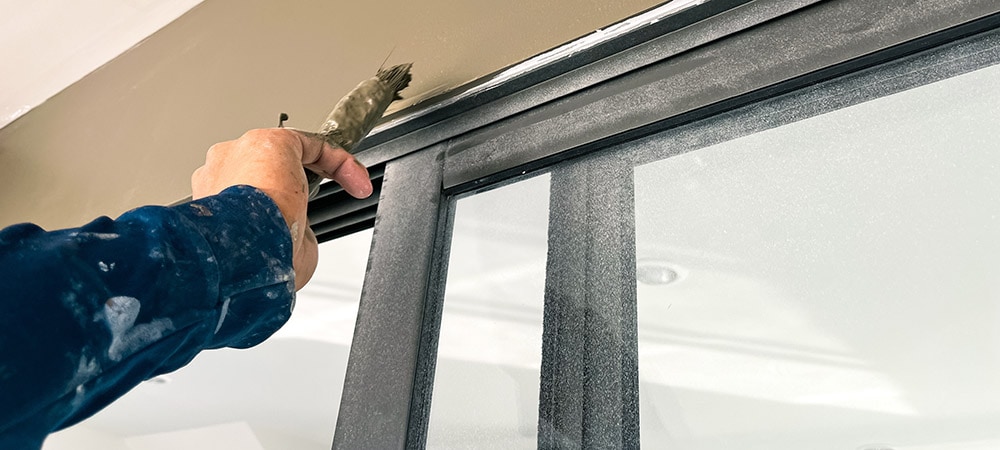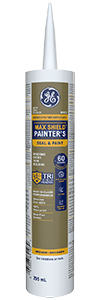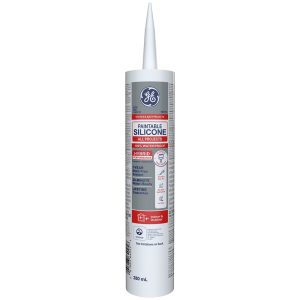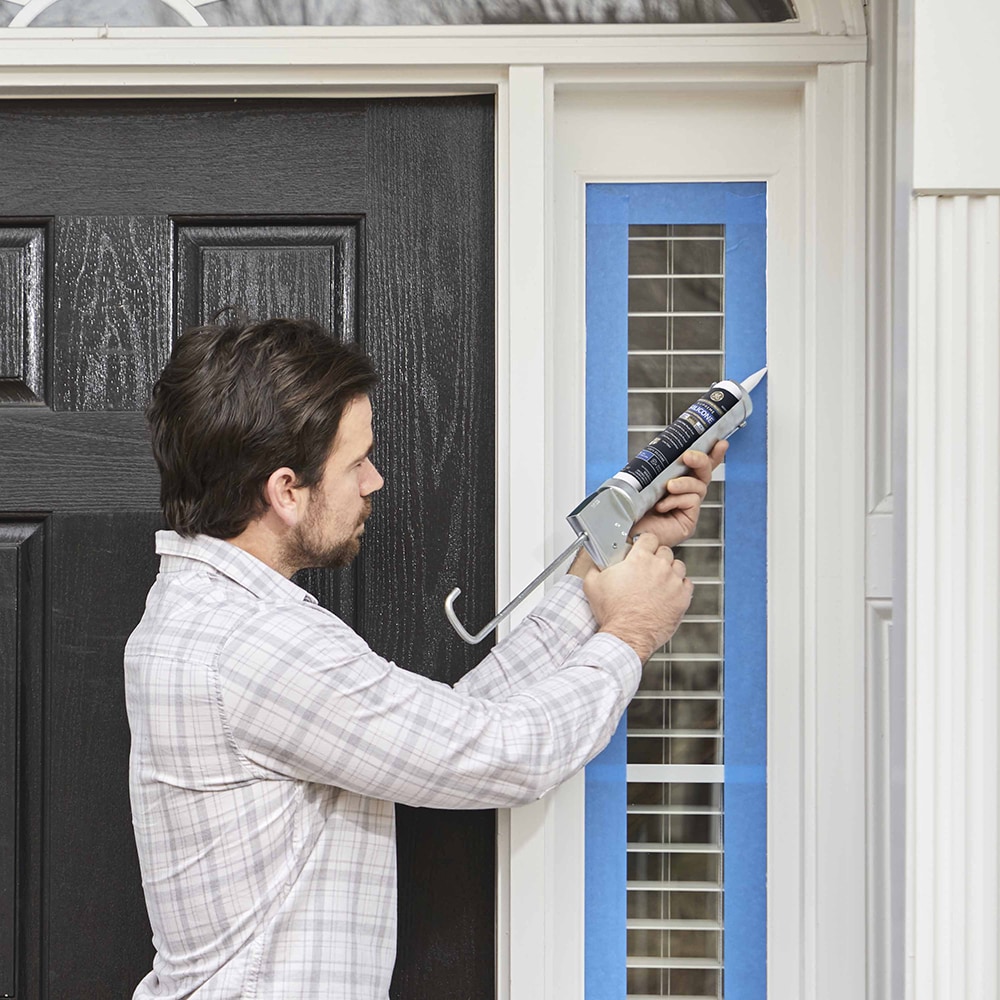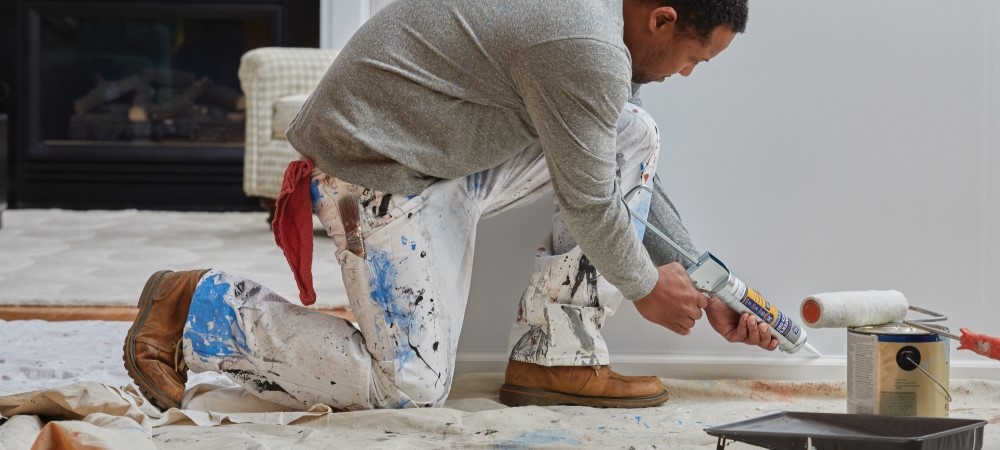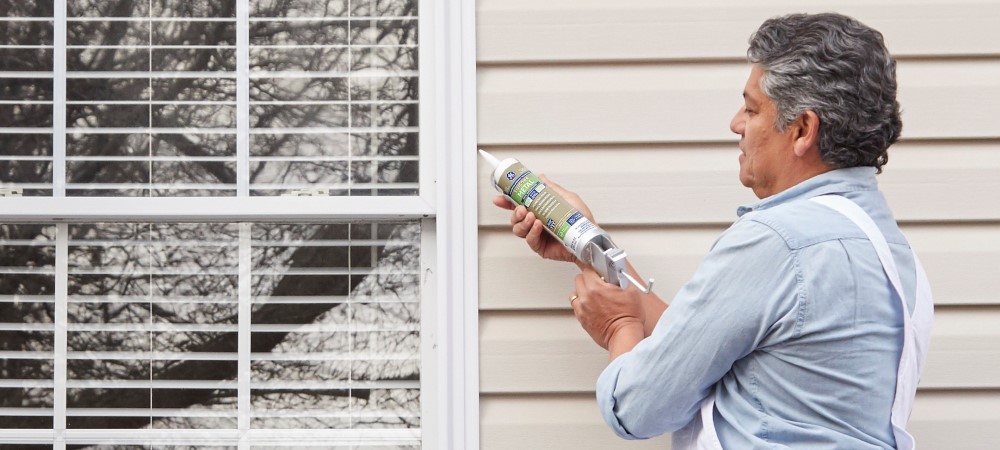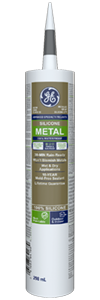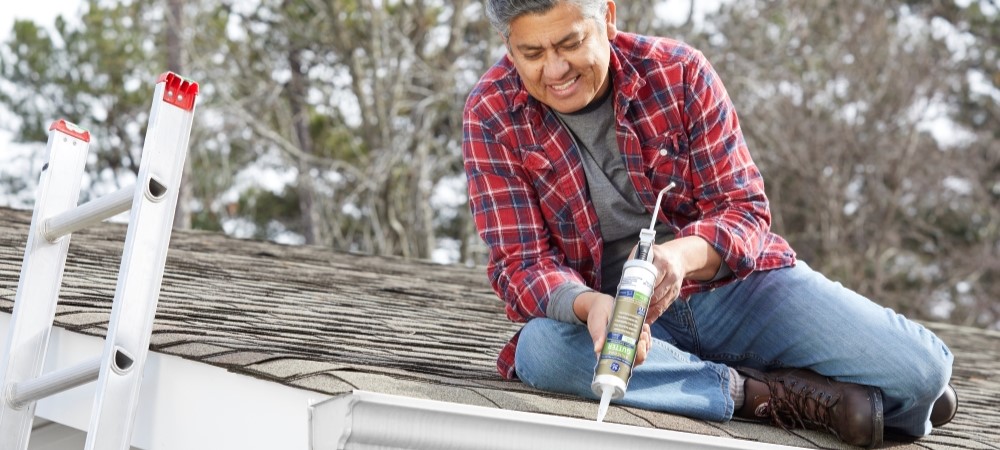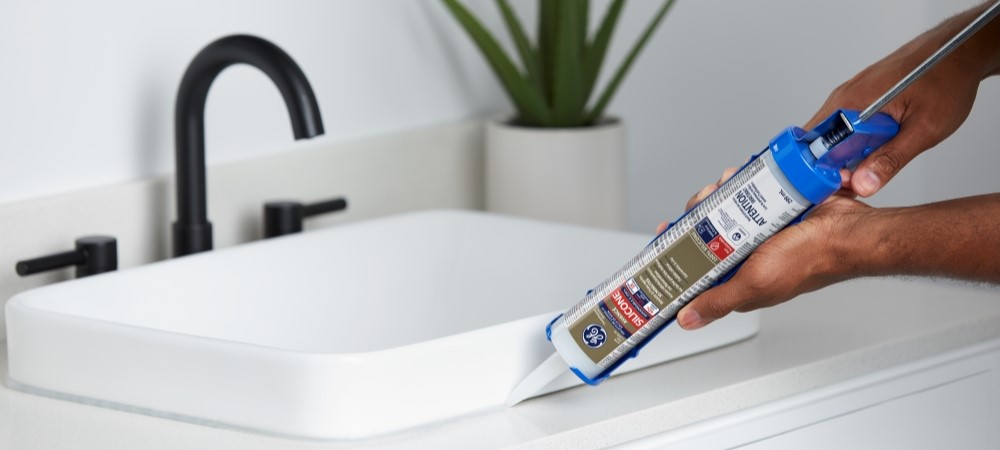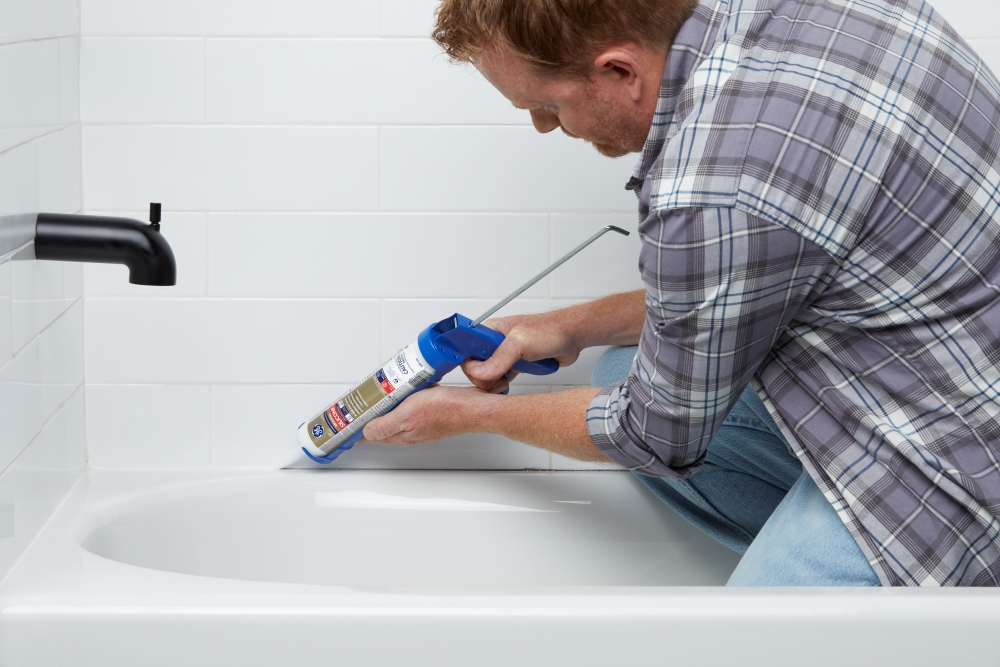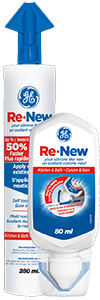Note: This DIY article is provided as a general guide only and is not intended to take the place of product-specific installation procedures; always follow applicable manufacturers’ instructions. Depending on your home’s age and condition, location within the home, and other potential factors, repairs and/or upgrades or other services may be necessary prior to the beginning and/or completion of your project that may involve the services of a home improvement professional. This article does not include advice pertaining to local building codes and/or any related inspections.
Making home upgrades offers many benefits, from improved comfort to energy savings. While the federal Home Renovation Tax Credit (HRTC) expired in 2010, the Multigenerational Home Renovation Tax Credit (MHRTC) provides valuable financial incentives for eligible renovations. These projects, which include creating secondary units for seniors or adults with disabilities, can be supported by GE’s energy-efficient products. Let’s explore how to qualify and maximize savings.
Eligibility requirements for the Canada home renovation tax credit
To qualify for the Multigenerational Home Renovation Tax Credit for insulation, homeowners must meet the following criteria:
- Eligible purpose: Renovations must create a secondary dwelling unit to accommodate seniors or adults with disabilities. These units must comply with building code requirements and prioritize accessibility.
- Homeowner eligibility: Renovations must occur within the owner’s primary residence. Vacation homes, rental properties, and new constructions do not qualify.
- Eligible expenses: Costs related to creating kitchens, bathrooms, and living spaces for secondary units are covered. Energy-efficient upgrades, such as insulation, may also qualify if they’re part of a broader renovation.
- Credit cap: The MHRTC offers a 15% refundable tax credit on eligible expenses up to a maximum of $7,500.
To be eligible for the Multigenerational Home Renovation Tax Credit in Canada, the renovation must create a secondary dwelling unit within the owner’s primary residence. Vacation homes, rental units, and new constructions do not qualify. All renovations must meet building code requirements for secondary suites and accessibility.
Who qualifies for the Multigenerational Home Renovation Tax Credit?
Eligibility for the MHRTC in Canada focuses on homeowners making renovations to accommodate seniors or adults with disabilities. Key criteria include:
- Purpose of renovations: Renovations must create or modify a secondary dwelling unit to meet building codes for multigenerational living. This may include adding accessible kitchens, bathrooms, or entrances.
- Primary residence requirement: As noted earlier, renovations must take place within the owner’s primary residence. Vacation homes, rental properties, and new constructions do not qualify.
To ensure eligibility, homeowners should maintain detailed records, including receipts, contracts, and invoices. Supporting documentation like building permits and certification of compliance with local building codes may also be required. Consulting with a tax professional is strongly advised to clarify eligibility and ensure that all expenses align with MHRTC guidelines.
How to claim the Multigenerational Home Renovation Tax Credit in Canada
Follow these steps to successfully claim your MHRTC:
- Plan eligible renovations: Identify upgrades eligible under the MHRTC. Focus on creating or modifying secondary dwelling units to meet building code and accessibility standards. Ensure renovations occur within your primary residence, as required for eligibility.
- Verify eligible expenses: Review the CRA’s MHRTC guidelines to confirm your expenses qualify. Priority is given to structural modifications, safety enhancements, and accessibility improvements like kitchens, bathrooms, or entrances.
- Keep detailed records: Save all receipts, invoices, contracts, and building permits to support your claim. Ensure that all documentation clearly shows the renovation’s purpose and compliance with building codes.
- File your claim: Include eligible expenses under the Multigenerational Home Renovation Tax Credit section of your tax return. Calculate your credit at 15% of eligible expenses up to $50,000, for a maximum refundable credit of $7,500.
- Consult a tax professional: If you have questions or want to maximize potential savings, consider consulting a tax professional. They can guide you on specific requirements and any provincial incentives that may complement the federal credit.
Potential savings from renovations with MHRTC
The Multigenerational Home Renovation Tax Credit in Canada can offset renovation costs by up to $7,500, making it easier for homeowners to create accessible secondary suites. These renovations not only enhance functionality but can also reduce long-term expenses through complementary energy-efficient upgrades.
For example, ENERGY STAR® certified materials and products like GE’s Advanced Silicone 2® Window & Door Sealant can improve energy efficiency and durability. Combining these upgrades with MHRTC-eligible renovations ensures compliance with building codes while maximizing long-term savings.
GE Sealants’ products for MHRTC-compliant renovations
GE Sealants offers several products in Canada designed to support energy efficiency and durability during home renovations. For homeowners planning Multigenerational Home Renovation Tax Credit (MHRTC)-eligible projects, these products are essential for creating energy-efficient, weather-resistant spaces that meet building code requirements for multigenerational living. Here are two recommended products to consider when insulating your home:
- Advanced Silicone 2® Window & Door Sealant: This high-performance silicone sealant is designed to create a durable, weather-resistant seal around windows and doors. By reducing drafts, it helps to enhance insulation and maintain stable indoor temperatures, which can contribute to reduced heating and cooling costs. Its flexibility and resistance to extreme weather make it an excellent choice for Canada’s varying climate conditions.
- Supreme Silicone Window & Door Sealant: Combining the flexibility and durability of silicone with the option to paint over it, this sealant is ideal for areas where aesthetic finishes are important. It’s fully paintable in 30 minutes and effectively seals gaps that could allow energy loss. Additionally, it helps insulate against drafts, improving energy efficiency in areas where appearance matters.
Using GE products can reduce energy loss, improve temperature control, and provide long-lasting weatherproofing for secondary suites. While these products enhance energy efficiency, they are part of a broader renovation strategy. To qualify for the Multigenerational Home Renovation Tax Credit, ensure all renovations meet federal eligibility requirements and consult a tax professional for tailored advice.
To get GE Sealants’ products for your multigenerational renovation project, visit these fine retailers.

